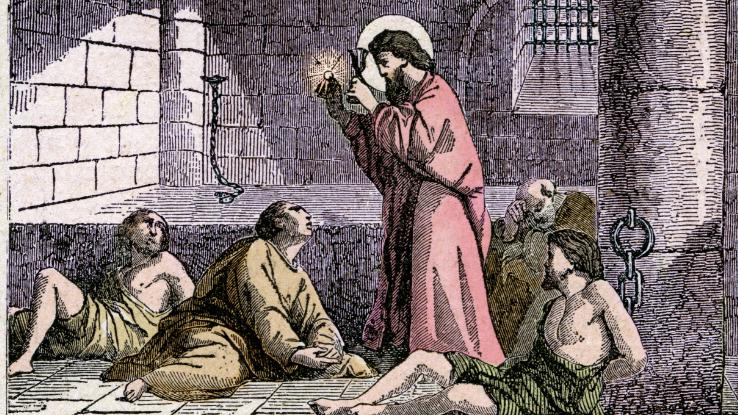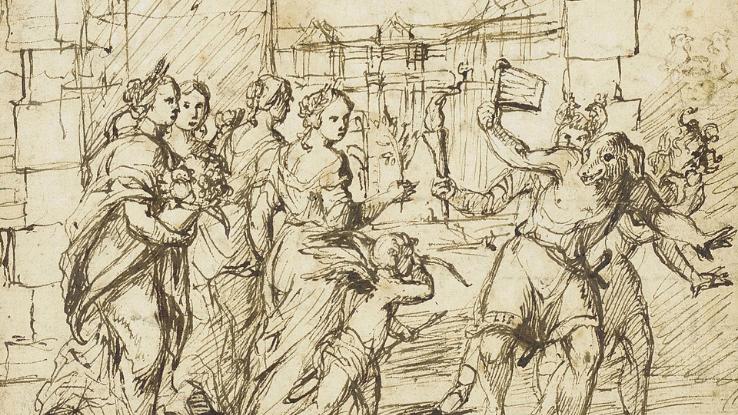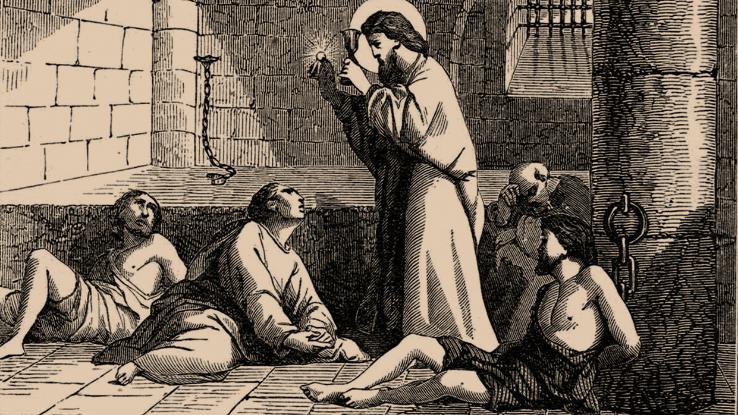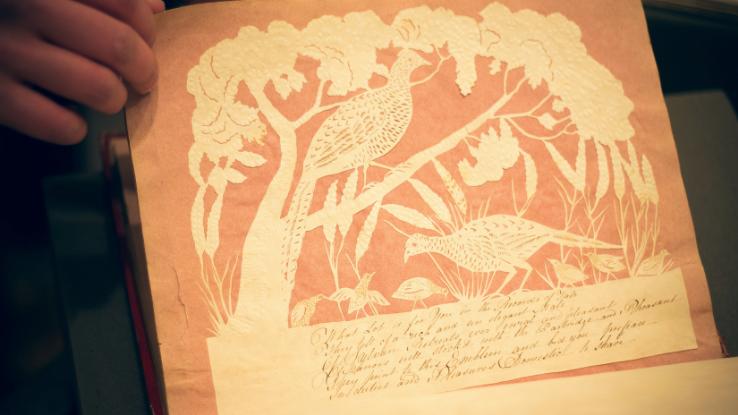The Bird and the Bee Again & Again (Hotel Room Bossanova Version)

Love it or hate it, Feb fourteen is historic by millions of people annually. Often referred to every bit a "Hallmark Holiday," Valentine's Day is largely associated with sappy greeting cards, heart-shaped boxes of chocolates, rose-filled bouquets, and other and so-called symbols of dear. Of course, it didn't start out this manner. So, what are the origins of Valentine's Mean solar day — and why has the holiday endured?
The Infidel Origins of Valentine's Solar day
Like so many of our modernistic-day celebrations, Valentine's Day may date dorsum to a heathen festival, at least in part. That celebration was known equally Lupercalia, a fertility festival defended to Faunus, the Roman god of agriculture, and Rome's founders, Romulus and Remus. Held on the ides of Feb, Lupercalia was meant to usher in the spring — a time that's most oftentimes associated with fertility and birth.

And so, did Lupercalia involve chocolates and eye-shaped sweets? Not exactly. To kick things off, an society of Roman priests known as the Luperci would assemble in a sacred cavern where, co-ordinate to legend, Rome's founders were cared for past a wolf. They would and so sacrifice a caprine animal and a dog, animals that correspond fertility and purification respectively. The goat'southward hide was then dipped in claret, taken to the fields and, finally, given to the Roman women. According to History, "Roman women welcomed the touch of the hides because information technology was believed to make them more than fertile in the coming year." All of this concluded in a lottery-like matchmaking arrangement to pair the city'southward young women and men together. A little more involved than swiping left, huh?
By the end of the 400s A.D., Pope Gelasius put an end to the festival, noting that its infidel roots were in straight opposition to Christianity. In an endeavour to Christianize the holiday, Pope Gelasius decided to replace Lupercalia with a Christian feast solar day. During the Middle Ages, folks would associate this feast day with love and romance, peculiarly in the wake of Geoffrey Chaucer's The Parlement of Foules, a poem nearly birds finding their mates.
And then, how did this feast day go known every bit Valentine's Day? Well, about Christian feast days are associated with a saint and, as you might be able to estimate, Saint Valentine is primarily known every bit the patron saint of lovers. Co-ordinate to the Catholic Church building, there were at least three martyred saints named Valentine or Valentinus, so it's hard to decide for whom the day was named.

One popular legend suggests that when Emperor Claudius II of Rome outlawed marriage for the young men in his army, a priest named Valentine performed marriages in secret. Somewhen, he was found out and Claudius sentenced him to death by beheading. Another Valentine, this one a bishop, was also put to expiry by Claudius Ii, though trivial is known virtually that potential namesake.
Perhaps the most popular legend associated with Valentine's Day tells the story of a man who wanted to aid Christian people escape Roman prisons. In this telling, the imprisoned Valentine sent the commencement "valentine" greeting to a young woman who had visited him. Information technology is said that before his death, he signed a alphabetic character to her "From your Valentine." Of course, which version of Valentine is actually the day's namesake doesn't quite matter as much as what the figure stands for — love, empathy and cede.
How Did Valentine's Day Become the Vacation We Know Today?
Apart from Valentine'south letter of legend, the oldest known valentine's notation came most in 1415 when Charles, Knuckles of Orleans, wrote a beloved poem to his married woman while he was imprisoned in the Tower of London. Shortly after, King Henry 5 allegedly hired a ghost writer to compose a valentine to his love. Just when did the vacation become what nosotros know today?

Observed in the United States, Canada, Mexico, France, Australia and the United Kingdom, modern Valentine's Day equally nosotros know it was commencement celebrated in the 17th or 18th centuries, with folks exchanging handwritten notes and minor tokens. By the 1800s, Richard Cadbury, the founder of the Cadbury chocolate company, began the practice of gifting boxes of chocolate on Valentine'due south Day in the U.One thousand.
Meanwhile, in the U.Due south., Esther A. Howland, the so-called "Mother of the Valentine," first sold mass-produced valentines in the 1840s. And the rest, every bit they say, is history. These days, the Greeting Card Association estimates that 145 million people send Valentine'southward Solar day cards each year — and that'southward non including all those cards kids trade at school. Additionally, the National Retail Foundation projected that Americans would spend a staggering $23.9 billion in 2022 on Valentine's-related items.
Source: https://www.reference.com/world-view/valentine-really-mean-c9a772b7fe15c1a1?utm_content=params%3Ao%3D740005%26ad%3DdirN%26qo%3DserpIndex
0 Response to "The Bird and the Bee Again & Again (Hotel Room Bossanova Version)"
Enregistrer un commentaire